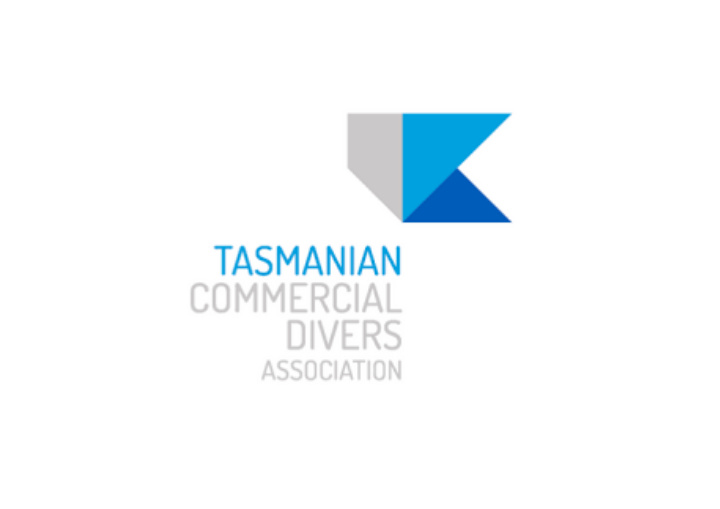



A little bit about us • The Commercial Dive industry has been active in Tasmania for over three decades, holding access rights to a number of species including Centrostephanus . • Recent years have seen rapid industry expansion, assisted by accelerated harvest programs from the TACL, followed by the formation of the AIRF collaboration. • Dive sector comprises of 52 licenses, with 29 being active on Centro in 2018/2019 season.
Why are we here?? • Majority of Centrostephanus recruitment to date is believed to have come from mainland Australia, delivered through the EAC. • This method of delivery and warming waters allow for higher settlement rates, deeming eradication to be impossible. • TCDA maintain an understanding that a harvest industry does not trump a healthy marine environment. However in this case, Industry has and will continue to be the most effective, readily available and proven strategy for management. • We strongly believe that we are the solution!
What can we do? • The 2018/2019 catch data is a strong evidence base of the capacity within industry, harvesting over 660T in roe season, with at least 50% more dive capacity available to meet increased demand. • This harvest will continue to support in excess of 100 jobs throughout the state, bringing people and work into regional areas.
660 Tons Entry of RTS Paua Co TACL accelerated harvest Seafoods Tasmania Small Scale Processing
Harvest industry verse Centro Biomass Harvest industry verse Centro Biomass Urchin biomass has increased by an average of 191 Tons per year since 2002 Survey 500 T / Year Fishery.
Harvest Industry verse Centro Biomass Harvest Industry verse Centro Biomass 0-24 0-24 metres metres (75% population) (75% population)
Challenges ahead Depth (M) Biomass to depth (T) Percentage to depth % What happens outside a harvestable depth?? 6 23 0 ‐ A closer look into this reveals that up to 80% of biomass lies in 0 ‐ 10 585 11 26m. 12 1225 22 ‐ Divers observe urchin move out of deeper water into the feed post 14 1687 31 harvest. 16 2194 40 ‐ Dive sector invested in nitrox equipment and training, allowing 18 2816 51 potential harvesting to 30m. 20 3338 60 22 3777 68 24 4127 75 26 4384 79 28 4593 83 ‐ 30 4786 87 32 4947 90 34 5097 92 36 5203 94 38 5277 96 40 5328 96 Imas Resurvey results
Challenges ahead Why shouldn Wh shouldn’t we we lim lime?? e?? ‐ Adverse/unknown effect on other species in the wild. ‐ At least 80% of biomass within harvestable depth. ‐ Costly research towards an unproven concept of liming to 30m +. ‐ Negati Neg tive publicity/br publicity/branding anding fo for the the har harves est indus industr try.
Challenges ahead Why shouldn’t we cull?? ‐ Damaging to the harvest image/brand. ‐ Strong belief that collaborated harvest programs will be more cost efficient and compliment markets. ‐ Heightened safety risk in comparison to harvesting. ‐ Supports minimal jobs. ‐ Harvest effort will spread as the industry grows.
Moving forward • Collaborate with industry, TACL, IMAS, and the processing sector to develop strategic harvest plans for areas, including historically valuable abalone ground. • Strong desire to work closely with AIRF in consulting and development. • Continuation towards a self ‐ sufficient industry. • Research to prove that harvest sector meets all AIRF objectives
• A harvest industry is the only chance of a self sustained solution moving forward. The only opportunity available to prevent a lifelong funding program. • Over 80% of the biomass is accessible by diving. • No costly research into the concept needs to be undertaken, simply collaboratively fine tuning programs to get desired results for all. • Consult and support our invested members and capable industry, support jobs and state growth.
Recommend
More recommend